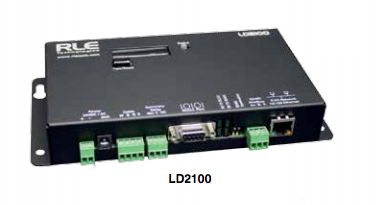LEAK DETECTION CHECKLIST GUIDELINES
Section 1: Identifying Threats & Their Sources
Let’s start by taking a more in-depth look at why each item on the list could be considered a threat and what you need to be on the lookout for. These are, particularly the spots where a small amount of damage can quickly become a very large problem, unless you catch it early.
No facility can be served by one long, single pipe, and anywhere two (or more) pipes meet, leaks are possible. Time and wear can deteriorate and break the seals and, left unchecked, small leaks can become big leaks and cause significant damage.
Failing or freezing pipes
Frozen fluids expand with enough force to crack plastic, copper, or even steel pipes. When that frozen water thaws, the resulting leaks can cause damage not only to the pipes and fittings but also to the walls around them. (P.S. This isn’t just external pipes; if your heating system goes down, any pipe runs the risk of freezing.)
At-risk water supply or return lines
There are a number of risks that your pipes may encounter: freezing, water hammer, age, physical damage. Think about the environment that surrounds your pipes and what dangers exist. For example, be aware of the pipes that feed into overhead sprinklers. Those sprinklers are prone to damage and are a weak spot in your water system.
Uncapped sprinkler lines
Like we said, these things are dangerous. Though it’s infrequent, when repairs are made to overhead fire suppression systems, sprinkler heads can be left uncapped. The result is an open water line that can spew a tremendous volume of water very quickly. Know where your sprinklers are and be aware of any maintenance they undergo.
Clogged drains
Drains that don’t drain aren’t only a danger to the rooms they’re in but also to the rooms adjacent or below. Note drain placement when you’re surveying your most critical rooms and facilities and consider what might be seeping or dripping into them.
Leaky roofs and small drips
Common sense tells you that a faulty roof is going to be a leak problem. It’s pretty much unavoidable, but it’s up to you (and your leak detection system) to catch it before it becomes a catastrophe.
Primary plumbing walls
These so-called “wet walls” are one your facility’s biggest vulnerabilities. It’s a wall that carries your main water lines, draining to most kitchens, bathrooms, and other wet rooms. No water damage to a wet wall is going to remain small for long, and the effects of freezing, water hammer, or physical damage will grow at exponential speeds. Know where they are and keep a close eye on them.
While you’re at it, think about the placement of your water-bearing equipment too. Icemakers and their ilk can be trouble.
Windows improperly installed or located
Like a leaking roof, there’s not much you can do to prevent these, but you can spot and monitor them before they become a more serious problem.
Faulty construction
Ditto. The dangers here are varied: roof leaks to windows to primary water line failure. Apart from thoroughly checking out your contractor, you can’t stop it from happening. You can only mitigate the risks with an effectively placed leak detection system.
Fluid/water hammer effect
Caused by improperly installed plumbing, water hammer effect is the rattling of pipes against the walls, shaken by the force of fluids flowing through a pipe. Listen for it when you shut off a faucet quickly, abruptly halting the water’s momentum. Hammer effect itself doesn’t cause leaks, but it does cause wear and tear on your pipes over time. Catch it quickly and you’ll save yourself a lot of potential damage.
Any number of things can go wrong with a storage tank: failed walls, overflow, valve malfunction, sabotage, and more. One small weakness in one large tank can mean a huge release of fluid, very quickly.
Nearly all HVAC units use fluids to operate, and a supply line failure can cause a significant leak. This is another highly common cause of damage that can be quickly caught with the right leak detection equipment.
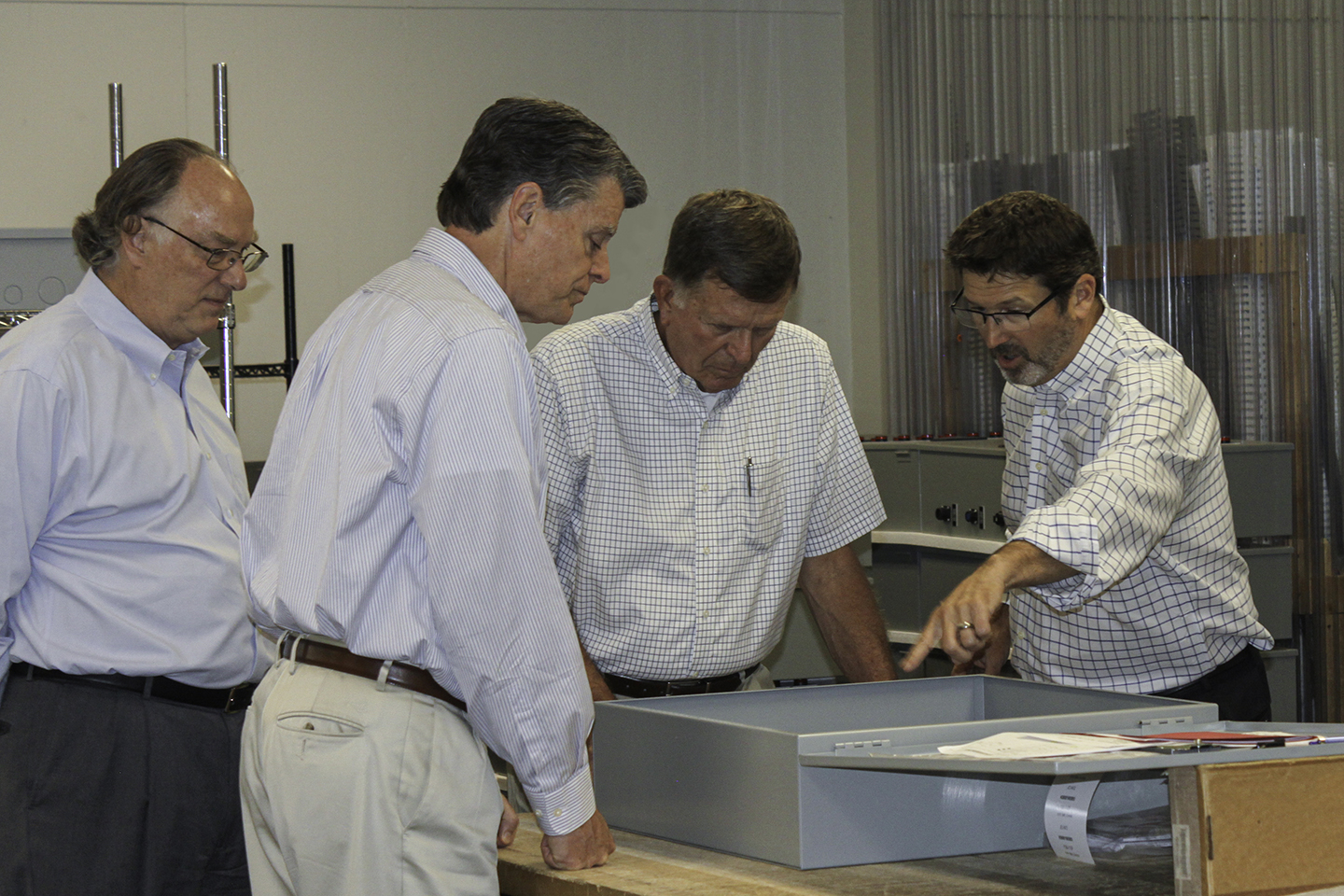
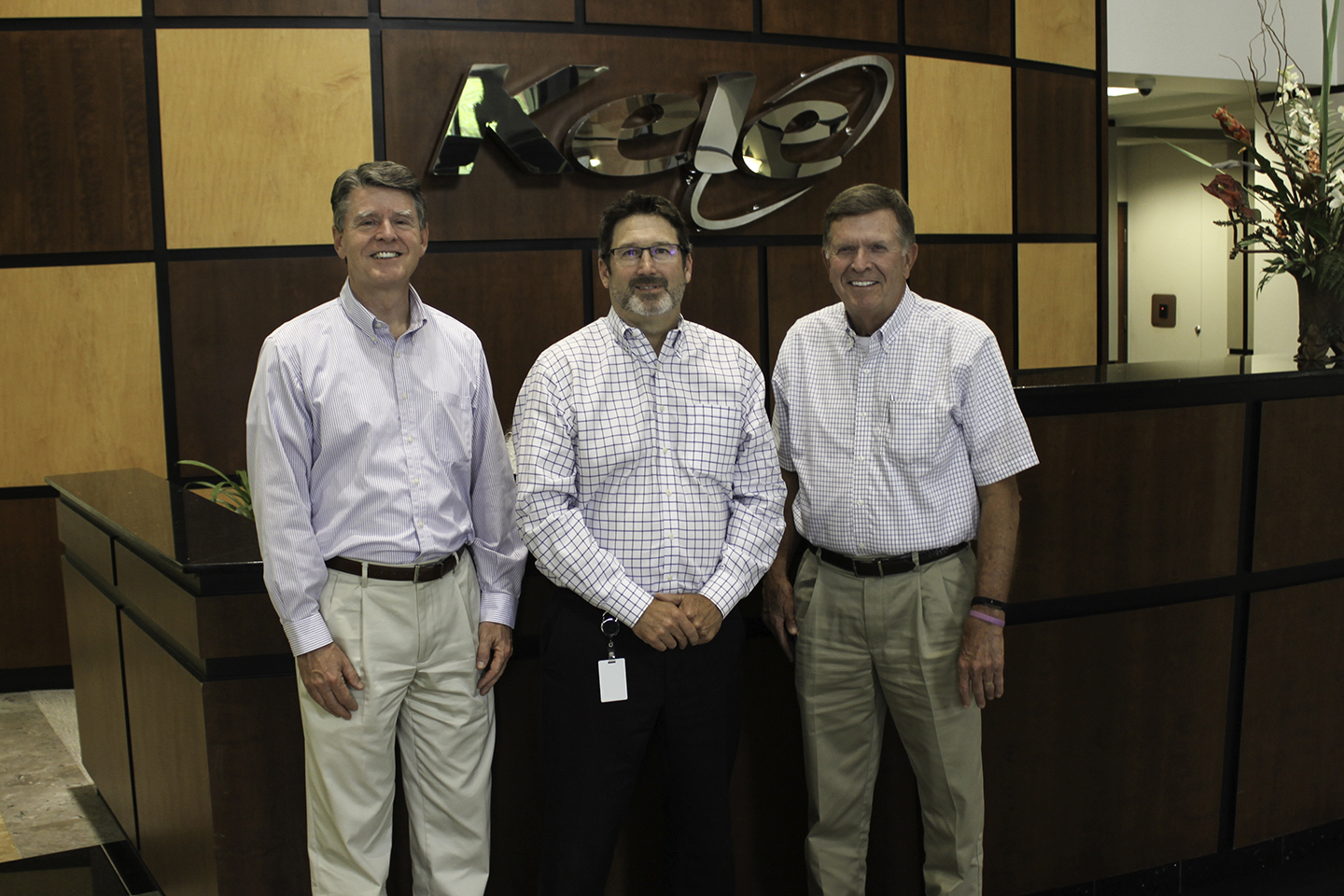
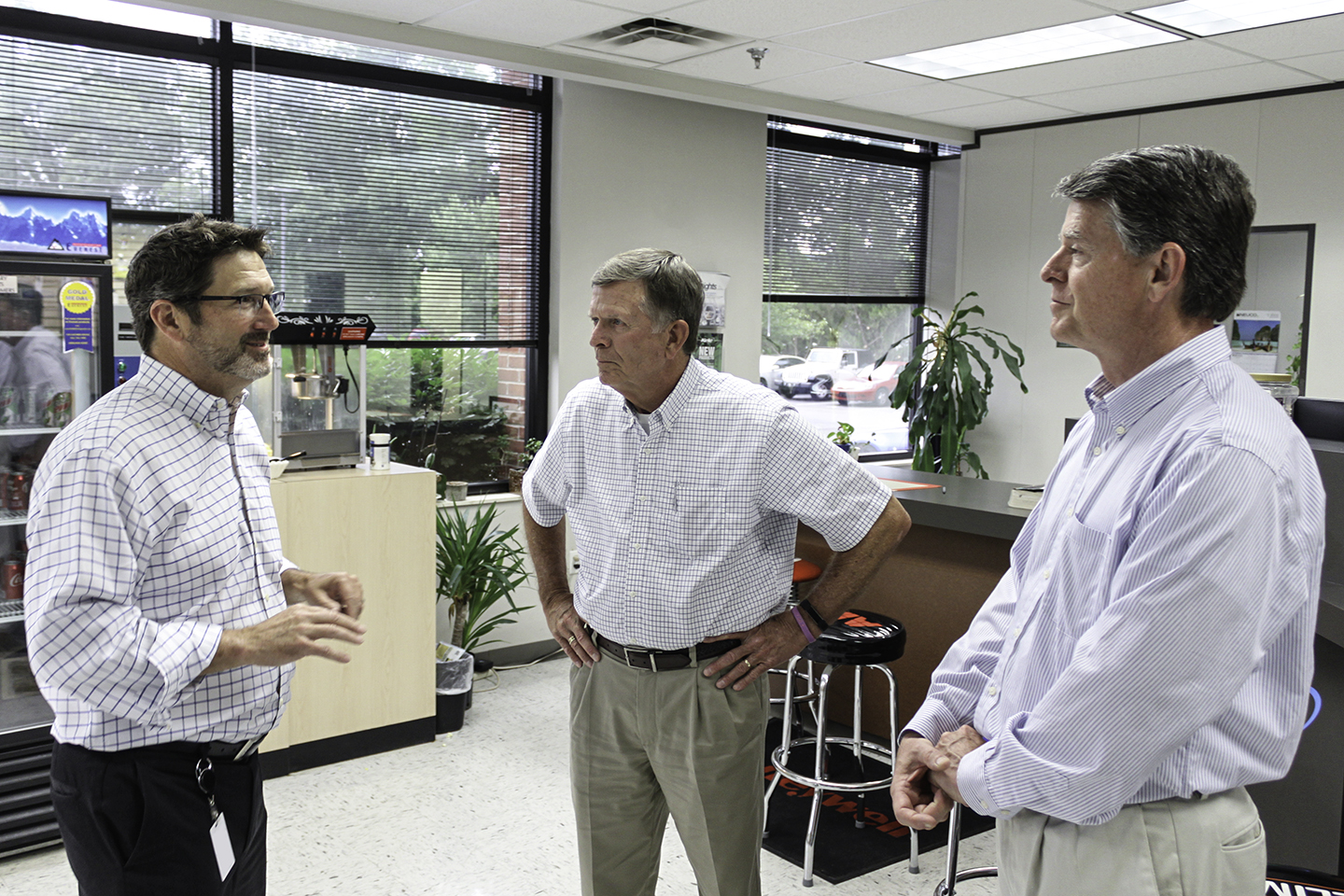


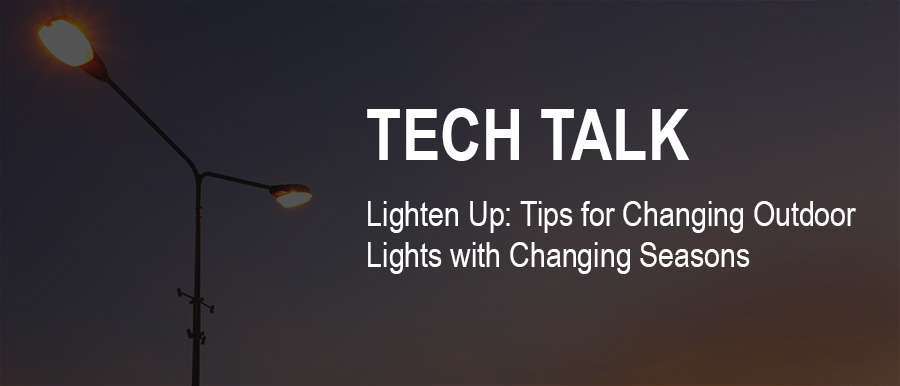
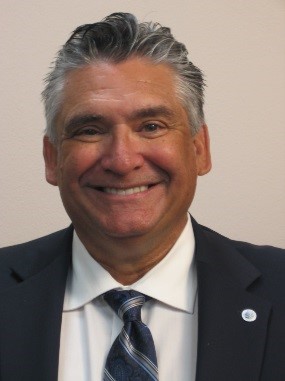
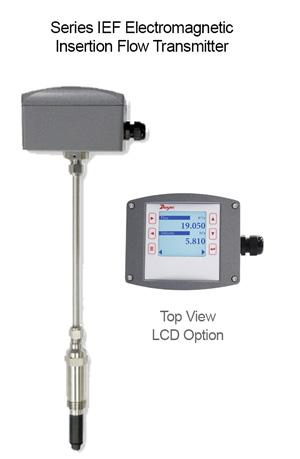


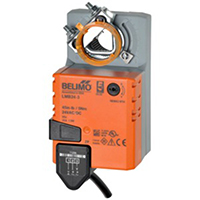
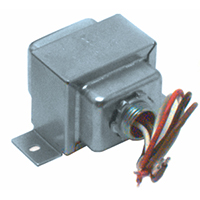
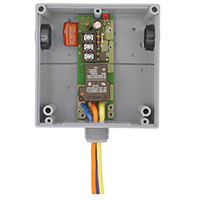
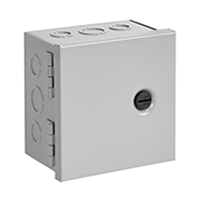
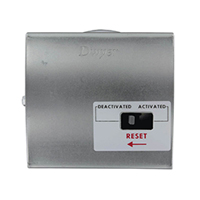
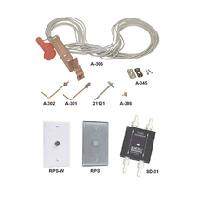
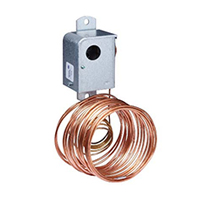
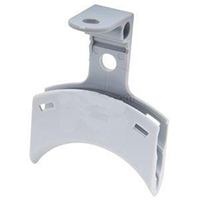
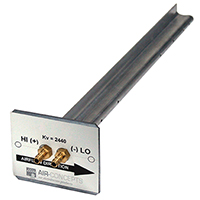
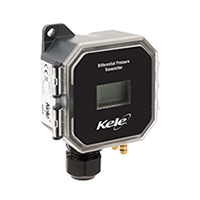
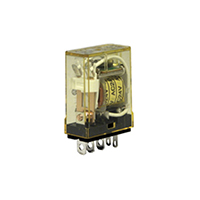
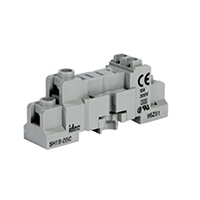
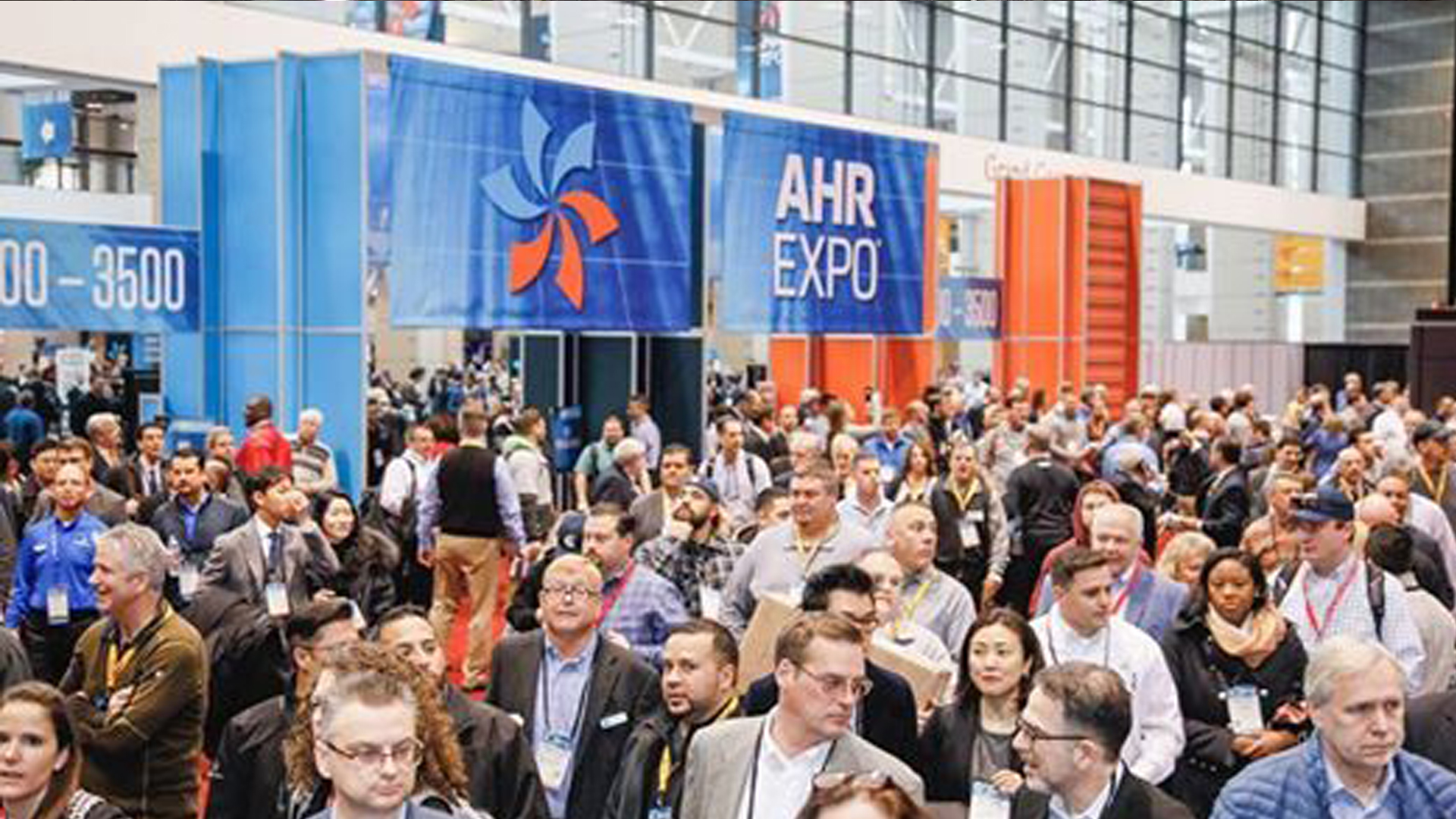


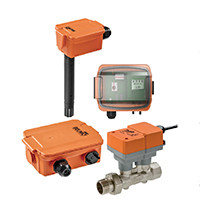 Belimo sensors offer trusted reliability, easy installation, and seamless integration with major building automation systems and are designed with an innovative screwless snap-on cover housing that allows for easy commissioning and provides NEMA 4X / IP65 protection. The range includes accurate sensors for measuring temperature, humidity, pressure, CO2, VOC, and flow in pipe, duct, and outdoor applications.
Belimo sensors offer trusted reliability, easy installation, and seamless integration with major building automation systems and are designed with an innovative screwless snap-on cover housing that allows for easy commissioning and provides NEMA 4X / IP65 protection. The range includes accurate sensors for measuring temperature, humidity, pressure, CO2, VOC, and flow in pipe, duct, and outdoor applications.

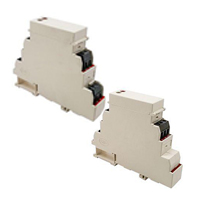 The Functional Devices RIBR Series are DIN-mounted 10-amp pilot control relays. The Functional Devices DIN Rail Mount Relay in a Box>sup>® features a removable socket relay for easy replacement as well as a 10-amp contact rating and comes in 10-30 VAC/DC or 24 VAC coil voltages. These multi-coil voltages are suitable for a wide variety of applications and also eliminate the need to have multiple relays on the job. Made in the USA to UL 916 and backed with the quality guarantee you have come to expect from the RIB relay products.
The Functional Devices RIBR Series are DIN-mounted 10-amp pilot control relays. The Functional Devices DIN Rail Mount Relay in a Box>sup>® features a removable socket relay for easy replacement as well as a 10-amp contact rating and comes in 10-30 VAC/DC or 24 VAC coil voltages. These multi-coil voltages are suitable for a wide variety of applications and also eliminate the need to have multiple relays on the job. Made in the USA to UL 916 and backed with the quality guarantee you have come to expect from the RIB relay products.
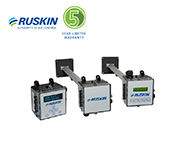 Ruskin Advanced Thermal Dispersion Air Measurement brings advantages like a five-year warranty, advanced wireless feature, low power consumption, and simple daisy-chain wiring. Multiple velocity and temperature points on one or more probes installed in the duct or plenum are averaged to arrive at air measurements.
Ruskin Advanced Thermal Dispersion Air Measurement brings advantages like a five-year warranty, advanced wireless feature, low power consumption, and simple daisy-chain wiring. Multiple velocity and temperature points on one or more probes installed in the duct or plenum are averaged to arrive at air measurements.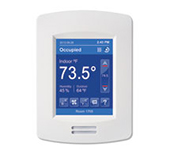 The Viconics VT8350 Series fan coil room controllers make smart energy management much easier. Designed for new construction and retrofit projects, the room controllers dramatically decrease project delivery costs by reducing installation, configuration, and commissioning time. No complex software or tools are required to customize functionality in order to meet your applications requirements. The room controllers provide all the advanced features and monitoring functions required by modern building automation systems in a simple compact enclosure. The VT8350 Series is specifically designed to provide exceptional temperature control of multi-speed fan coil units. All models can provide advanced occupancy routines and automatic energy savings during occupied periods without sacrificing occupant comfort. When compared to traditional building automation controllers, the VT8350 Series fan coil room controllers provide unmatched return on investment. For more advanced needs, custom LUA script programming available. (-LS models)
The Viconics VT8350 Series fan coil room controllers make smart energy management much easier. Designed for new construction and retrofit projects, the room controllers dramatically decrease project delivery costs by reducing installation, configuration, and commissioning time. No complex software or tools are required to customize functionality in order to meet your applications requirements. The room controllers provide all the advanced features and monitoring functions required by modern building automation systems in a simple compact enclosure. The VT8350 Series is specifically designed to provide exceptional temperature control of multi-speed fan coil units. All models can provide advanced occupancy routines and automatic energy savings during occupied periods without sacrificing occupant comfort. When compared to traditional building automation controllers, the VT8350 Series fan coil room controllers provide unmatched return on investment. For more advanced needs, custom LUA script programming available. (-LS models)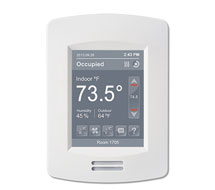 The Viconics VT8650 Series provides programmable and application-specific room controllers with customizable screen colors. The VT8650 room controller is a rooftop, heat pump, and indoor air quality controller suitable for commercial and high-end hospitality markets. The room controllers dramatically decrease project delivery costs by reducing installation, configuration, and commissioning time. No complex software or tools are required to customize functionality to meet your applications requirements. The room controllers provide all the advanced features and monitoring functions required by modern building automation systems in a simple compact enclosure. For more advanced needs, custom LUA script programming available. (-LS models)
The Viconics VT8650 Series provides programmable and application-specific room controllers with customizable screen colors. The VT8650 room controller is a rooftop, heat pump, and indoor air quality controller suitable for commercial and high-end hospitality markets. The room controllers dramatically decrease project delivery costs by reducing installation, configuration, and commissioning time. No complex software or tools are required to customize functionality to meet your applications requirements. The room controllers provide all the advanced features and monitoring functions required by modern building automation systems in a simple compact enclosure. For more advanced needs, custom LUA script programming available. (-LS models)
